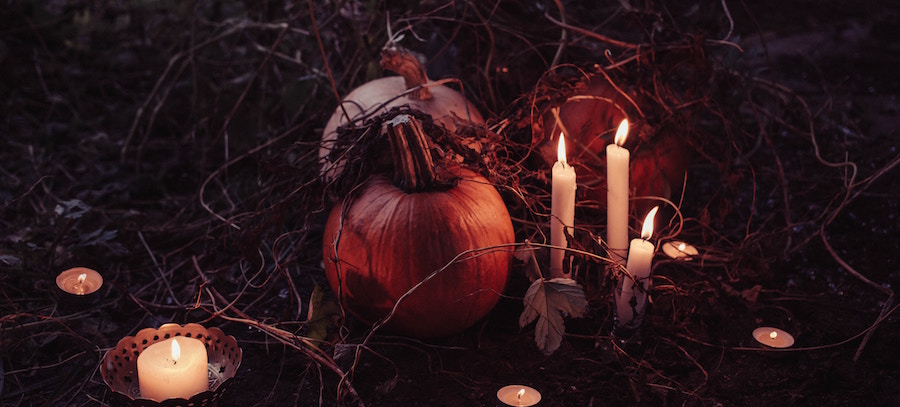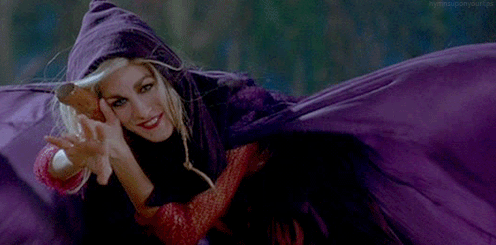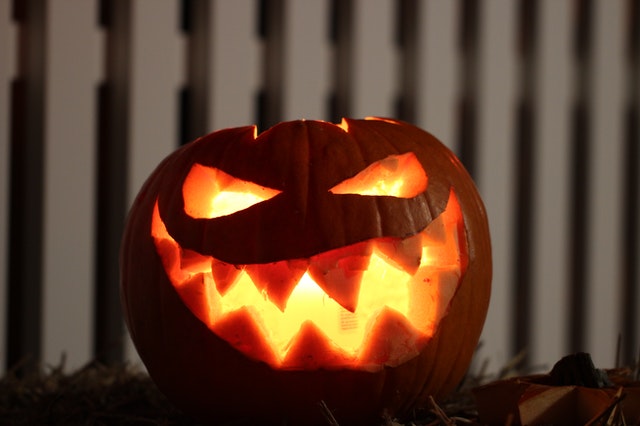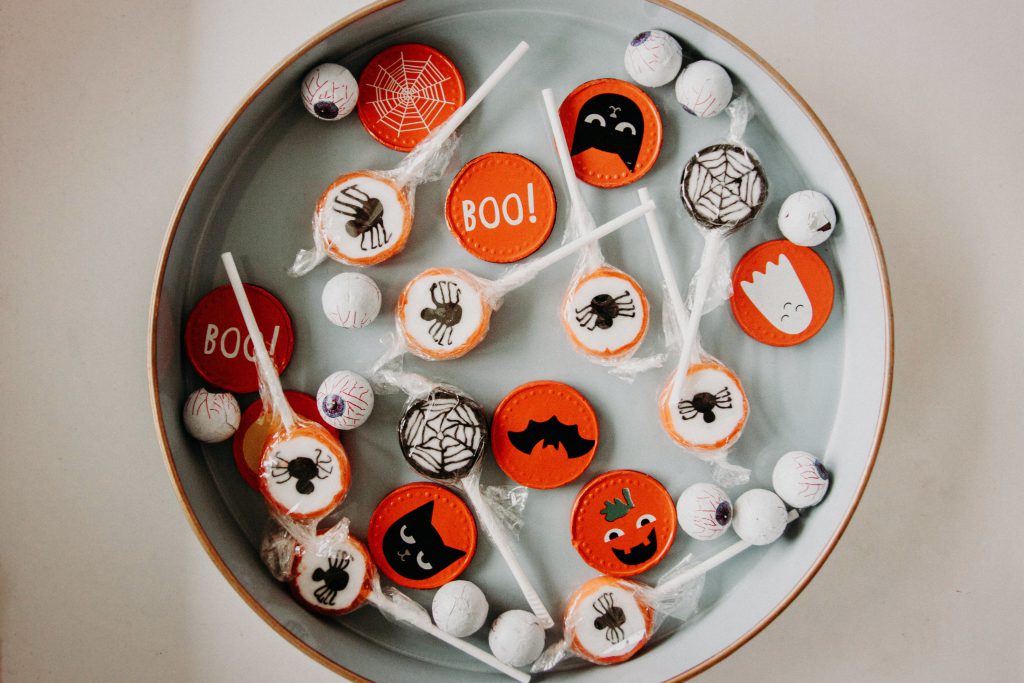Something Wicked, Something Holy: Halloween Deities
Halloween is that most American of holidays: a mish-mash of old pagan religion, medieval customs and cavalcades of sugar. While no figure has come to symbolize Halloween the same way Santa embodies Christmas, that doesn’t mean people haven’t tried. Here’s some of our favorite gods and monsters who put the “Hallowed” in Halloween!
Lord Samhain
Halloween’s origins lie in the medieval Gaelic festival of Samhain, which marked the end of the harvest and the beginning of winter. According to Irish mythology, Samhain was a special time when the walls that separated the spiritual world were opened, allowing supernatural beings and the souls of the dead to walk the earth. Revelers would don costumes and masks, and carved faces into turnips to use as spooky lanterns (pumpkins, a New World vegetable, wouldn’t be used for several hundred years).
Now, there is no central deity of Samhain, but that didn’t stop people from trying to create one. In the 1770s, British colonel Charles Vallancey wrote a series of book of dubious scholarship about Irish culture, and created a Lord Samhain seemingly out of whole cloth. This “Lord of Darkness” was frequently brought up by various Christian groups throughout the ages as a boogeyman to prove that Halloween had its roots in Satan worship. Of all the deities on this list, he’s the one people take the most seriously, despite being just as made up as the rest!
The Great Pumpkin
Charles Schultz first revealed Linus’s love for the Great Pumpkin in a 1959 Peanuts strip, and would re-work the mythology through the years. In the 1966 animated special, “It’s The Great Pumpkin, Charlie Brown,” Linus believes the Great Pumpkin will rise out of the pumpkin patch that he thinks is the most sincere, to then fly through the air and bring toys to all the children of the world. At the risk of spoiling a 50-year old holiday cartoon, the Great Pumpkin does not appear, and Linus ends up shivering in the pumpkin patch, to be rescued by Lucy. While the Great Pumpkin is often held up as metaphor for religious faith, Schultz has gone on record saying he just thought it was funny that a little kid would confuse Halloween with Christmas.
Cousin Shy
The original ’60s Addams Family television show is an utter gem of dark humor and genuine sentiment. The 1977 attempt to revitalize the series Halloween with the New Addams Family, is…considerably less shiny and polished. There is some fun to seeing original Morticia and Gomez Carolyn Jones and John Astin playing their evil twins, and in the introduction of Cousin Shy. Cousin Shy is not seen (he’s…you get it), but he does provide all the Addams family members with presents as they gather around the scarecrow, in yet another Halloween-as-Christmas riff. While Cousin Shy may be a Great Pumpkin knock-off, he at least has the good graces to show up.
Jack Skellington, The Pumpkin King
Third in our collection of Halloween figures ripping off Santa’s schtick, Jack Skellington from Henry Selick’s The Nightmare Before Christmas at least is open about it, literally taking Jolly Old Saint Nick’s style, sleigh, toys, the whole shebang. While it’s quite clear what Jack admires about Santa, it’s unclear exactly what the responsibilities the title of Pumpkin King bestows. There appears to be a parade—or at the very least a sing-along—and he gets final approval over the plans for the next Halloween, but it all seems very nebulous. Can we blame him for wanting Santa’s job, which at least has a clear course of action?
Mr. Dark and Mr. Carapace Clavicle Moundshroud
Leave it to Ray Bradbury to write the definitive Halloween fantasy not just once, but twice. In Something Wicked This Way Comes, best friends Will Halloway and Jim Nightshade battle the mysterious Mr. Dark and his haunted carnival that steals souls once a generation. Bradbury returned to the holiday with The Halloween Tree, where 4 times as many boys as in Something Wicked are taken on a tour of Halloween traditions by the mysterious Mr. Carapace Clavicle Moundshroud and his haunted tree covered in jack-o-lanterns, which is—you guessed it—also after people’s souls. While they both share a love of dark coats and operatic pronouncements. Dark is much more the mustache-twirling villain than Moundshroud, who appears to desire to educate as much as terrify. The similarity doesn’t stop there: both books started as screenplays that were later turned into novels, which were then turned into somewhat unsatisfactory films.
Scary Godmother
Jill Thompson’s Scary Godmother, from the comics of the same name, has everything a Halloween spirit needs: suitably spooky wardrobe, house full of monsters, and magical powers she uses to help a little girl Hannah Marie. Thompson created Scary Godmother to fill a gap in the Halloween-themed bookshelves, and it is a welcome addition. More whimsical than scary—despite her name—Scary Godmother revels in classic horror iconography while giving it all a sugary coating. And what could be more Halloweeny than that?

Jadzia Axelrod
Jadzia Axelrod is an author, an illustrator, and a world changer. Throughout her eventful life she has also been a circus performer, a puppeteer, a graphic designer, a sculptor, a costume designer, a podcaster and quite a few other things that she’s lost track of but will no doubt remember when the situation calls for it.She is the writer and producer of “The Voice Of Free Planet X” podcast, were she interviews stranded time-travelers, low-rent superheroes, unrepentant monsters and other such creature of sci-fi and fantasy, as well as the podcasts “Aliens You Will Meet” and “Fables Of The Flying City.” The story started in “Fables Of The Flying City” is concluded in The Battle Of Blood & Ink, a graphic novel published by Tor.She is not domestic, she is a luxury, and in that sense, necessary.




